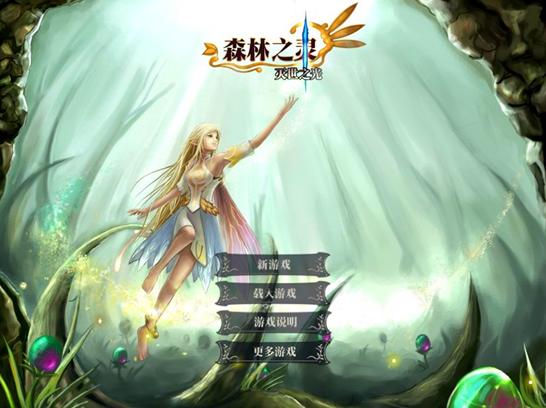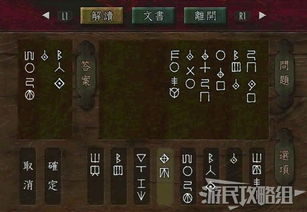来源:小编 更新:2024-10-10 02:44:53
用手机看

The Four Symbols, also known as the Four Creatures or the Four Holy Beasts, are a group of mythical creatures that hold significant importance in Chinese mythology and culture. These creatures are the Dragon, the Tiger, the Phoenix, and the Unicorn. Each of these creatures represents different aspects of nature, power, and moral values in Chinese philosophy.
The Dragon: The Emperor of the Sky

The Dragon is the most revered of the Four Symbols and is often associated with the Emperor of China. Representing power, wisdom, and prosperity, the dragon is a symbol of the sky and is believed to control the rains and the weather. In ancient China, the dragon was considered a divine creature, capable of transforming into a human form and conversing with the gods.
The dragon is depicted with a long, sinuous body, scales, and a pair of whiskers. It has four legs, a tail, and a pair of wings, although these are often omitted in artistic representations. The dragon is a symbol of strength and is often associated with the Chinese zodiac, where it represents the years 1916, 1928, 1940, 1952, 1964, 1976, 1988, and so on.
The Tiger: The King of Beasts

The Tiger is the king of all animals and is revered for its strength, courage, and ferocity. In Chinese culture, the tiger is often associated with the mountains and is believed to protect the land from evil spirits. The tiger is also a symbol of power and is often depicted as a guardian of the royal family.
The tiger is characterized by its muscular body, powerful legs, and sharp claws. It is often shown with a mane of hair, which can vary in color from black to orange. The tiger is a symbol of bravery and is often used to represent the warrior spirit in Chinese literature and art.
The Phoenix: The Bird of Immortality

The Phoenix is a mythical bird that represents rebirth, purity, and grace. It is often associated with the sun and is believed to be a symbol of the emperor's virtue and wisdom. The phoenix is said to be able to rise from its own ashes, symbolizing the cycle of life and death.
The phoenix is depicted as a large, elegant bird with a golden body and feathers that shimmer in a variety of colors. It has a long tail and a pair of wings that are often adorned with intricate patterns. The phoenix is a symbol of beauty and is often used to represent the feminine aspect in Chinese culture.
The Unicorn: The Symbol of Virtue

The Unicorn is a mythical creature that represents purity, innocence, and virtue. It is often associated with the moon and is believed to bring good fortune and happiness. The unicorn is depicted as a horse with a single, spiraling horn on its forehead.
The unicorn's appearance varies in different cultures, but it is generally characterized by its majestic and graceful form. It is often shown with a flowing mane and tail, and its horn is considered to have magical properties. The unicorn is a symbol of integrity and is often used to represent the ideal of moral perfection in Chinese philosophy.
Conclusion

The Four Symbols of Chinese mythology are not only fascinating creatures but also powerful symbols that have deeply influenced Chinese culture and art. Each of these creatures represents different aspects of life and nature, and their stories have been passed down through generations, shaping the values and beliefs of the Chinese people. Whether in traditional art, literature, or modern design, the Four Symbols continue to be celebrated and revered as iconic representations of Chinese heritage.